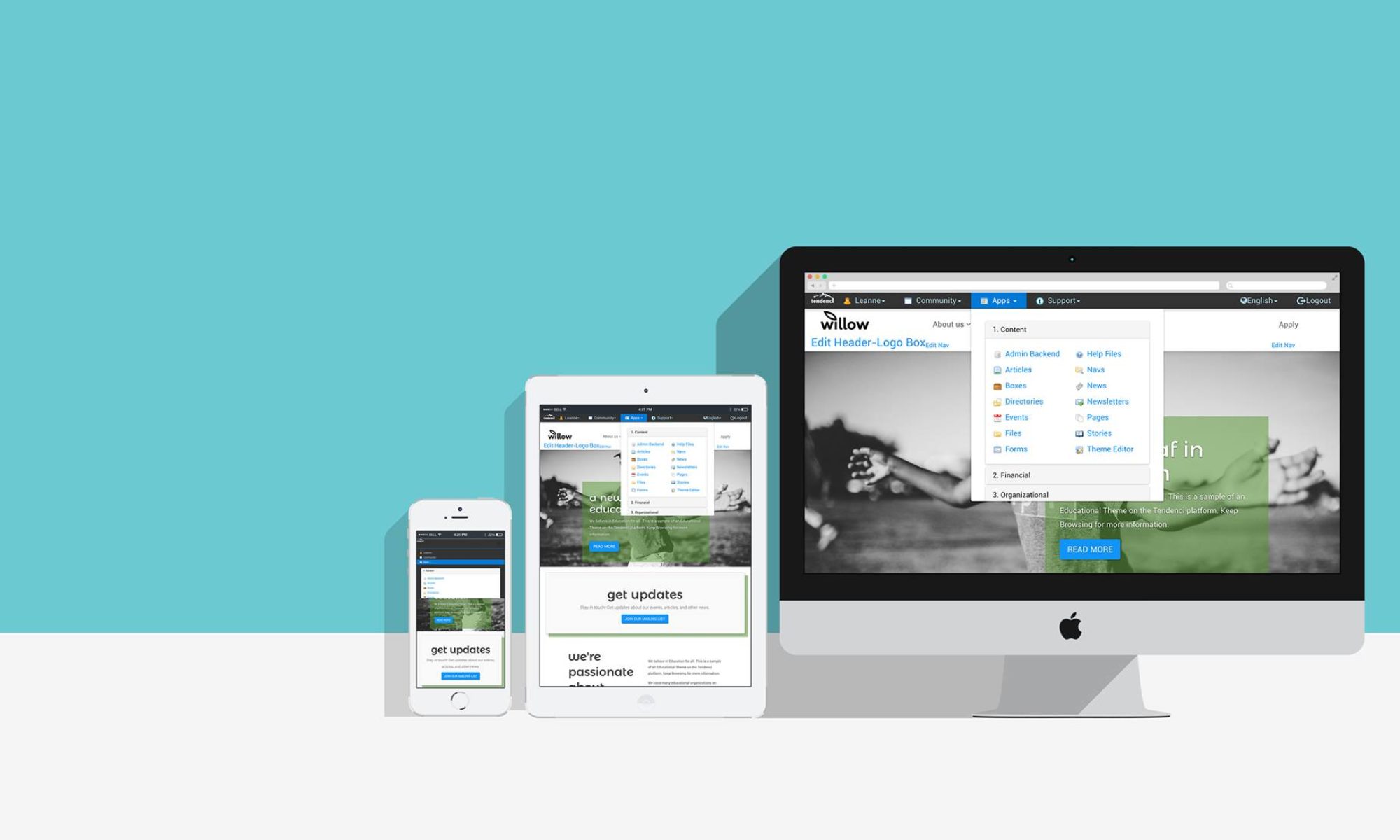When event organizers plan fundraising events, they meticulously plan out details regarding location, accommodations, logistics, and fundraising goals, but it’s also important to formulate a strategic plan for connecting with your online community.
This past Saturday, I gave a talk at the 2014 Nonprofit Technology Conference (NTC), organized by the Nonprofit Technology Network (NTEN). I co-presented with Michael Wilson, CEO and Founder of Small World Labs, based in Austin, TX.
In my half, (viewable on SlideShare), I discussed basic tips and tricks to help event organizers make their fundraising events successful.
Three things to keep in mind to make sure your event participants come back year after year are:
- Personal relationships drive event fundraising success.
- Your organization can significantly influence participant behavior.
- Think of the event as an engagement tool to lock in a relationship.
One tangible takeaway for the audience was an event planning checklist for your online strategies. I thought it would be helpful to share it with the rest of the internet! Read on for a detailed explanation of each point. You can download a printable PDF from our website.
6-9 Months Before Your Event

Mobile Optimization
According to Mashable, 17.4% of all online traffic is mobile. If your site isn’t mobile optimized, your event could be missing out on a possible avenue of promotion. Additionally, if participants can’t access basic information about parking and registration on their mobile device, they’ll be less likely to participate again next year.
Template Emails
If you have participant teams fundraising for your event, give them tools to make their jobs easier. Did you know that 64% of participants don’t know that they should be raising funds? Creating email templates for team leaders is a great way to make fundraising easier for everyone involved!
Share Last Year’s Highlights
Past events can be an ill-used marketing medium. Don’t be afraid to resurrect last year’s stories to remind people how great this year is going to be.

Share Personal Stories
If your event had beneficiaries, then tell their story. People like to hear about the real people. Show your audience that you’re real and so are the people you’ve affected!
#Hashtag It!
Both Twitter and Facebook use hashtags (#) to aggregate data and content. Establish a hashtag for your event and begin using it to keep track of all your event data and content. That way, you can search for it and event attendees can participate by “hashtagging” posts during your event.
3-5 Months Before Your Event
Pre-Generate Content
Organizing your content ahead of time can really free up your time on event day. As speakers, giveaways, or certain events are locked in, pre-write content about them that you can save and share during the event for increased engagement and exposure.
Continue Sharing
As you continue preparing for your event, continue sharing speaker announcements, past anecdotes, and news. Don’t forget to continue sharing highlights and personal stories. It’s always a good idea to link folks back to your website so they stay engaged with your organization.
1-2 Months Before Your Event
Schedule Your Content
Remember that pre-generated content you’ve been sitting on? Now’s the time to use it. Create a schedule for sharing all those wonderful words online and then put someone in charge of that said sharing.
Photography
Designate, volun-tell, or hire someone to be in charge of photography and create a shot list to document the event. Use photos in your promotional materials and on your website to tell your organization’s story!

During Your Event
Share Everything!
Just because the event is here doesn’t mean your job is over. Keep using your hashtag and make sure you share announcements and event updates or changes.
Engage, Respond, Act
When people are using your hashtag and talking about your event, you need to be involved. Show that what people are saying is important by responding to what they say. Come up with a plan for how you will respond to social media–both negative and positive feedback need responses!
1 Week After Your Event

Say Thank You
Use your online mediums, whatever they may be, to say publicly say thank you to all the volunteers, attendees, and various participants. Send personalized thank you notes to the speakers and participants. It’s a nice extra touch and they be flattered. It show that you put in extra time and that you actually care.
Share Your Photos
Sharing photos should be a two-pronged attack.
- Use your social outlets to post a few “teasers” of the photos you took
- Store the photos on your site and include full album links on your posts
This way, you’ll share relevant content on social media and drive traffic to your site.
Share Your Content
If you have any photos, blogs, whitepapers, infographics etc. create a schedule for sharing those to continue exposure and keep people talking about what happened at your event.
1-2 Months After Your Event
Analyze, Analyze, Analyze
Use traffic tools to analyze traffic to all of your sites or online portals. You can use these free tools to ensure accurate results:
If these tools don’t cut it or aren’t for you, try one of these top 8 tools from Maximize Social Business.

Send a Survey
Gain insightful feedback from your event participants by sending out a survey. For example, if folks complain about the parking at your event, when it comes time to market your next event, fix the parking situation and let participants know that they helped to make the event better!
Plan Ahead
Use your newly-gleaned analytics to plan ahead for next year by maximizing your strengths and minimizing your areas of weakness.
Additional Resources
You can download a formatted checklist of all these steps in PDF format at on our website.
You can view the slides from my half of the presentation at Tendenci’s slideshare.
We also have plenty of Nonprofit Marketing Resources on our website!

